[목살]15 Things You Didn't Know About Personal Injury Litigation
16
2023.02.26 00:11
짧은주소
본문
Costs of personal injury attorney Injury Litigation
If you're planning to settle or file for damages in the case of personal injury legal injury, there are many important factors to consider. These include the costs associated with litigation and discovery, and the limitations of damage.
Limitations on damages
Different states have passed statutory measures to limit the damage incurred by civil lawsuits. This could include a cap on punitive and compensatory damages, or the chance of a court-supervised review of damages. The limitations may differ from one state to the next and are based on a variety of factors. They are intended to safeguard the public, and impose financial hardships on the plaintiff, as well as protect commercial interests.
There are a variety of damages that may be awarded in a personal injury lawsuit. These damages can include economic and non-economic damages as well as punitive. These damages can be awarded to defendants who are liable for fraudulent or deceitful practices or reckless acts.
Nebraska has no limit on compensatory or punitive damages. This is due to the fact that there is no general cap and the courts have declared punitive damage unconstitutional.
In order to obtain compensatory damages, the plaintiff must prove that the professional did not act in a proper manner. The damages must be based on clear and convincing evidence, and must relate to an ongoing physical or mental functional injury. Particularly, the damages must be for the loss of a limb, or a bodily organ system.
In the same way, if a claimant has children, spouses or other family members, the claimant is able to seek damages for loss of consortium. This includes the plaintiff's capacity to have children, exercise and engage in hobbies.
A plaintiff may also seek non-economic damages in exchange for medical treatment. This applies to the act of providing medical treatment prior to the patient's condition stabilizes. During the trial, this restriction is not communicated to jurors.
A plaintiff's damages must be justified by clear, convincing evidence. It is important to note that the limitations on noneconomic damages are not applicable if the defendant lacks medical professional liability insurance.
The phase of discovery
The discovery phase of a personal-injury lawsuit allows the parties to gather important details. This allows them to prepare for a trial and avoid any surprises. The discovery process can also be used to create a legal strategy.
In a personal injury case, the discovery phase may last from six months to a year. It's not uncommon to see the discovery phase of an injury case to be completed prior to the case settles. If a settlement offer has been made, it's vital to discuss the offer with your attorney.
Parties must provide information upon request during the discovery phase of a lawsuit. This could be photos of an accident scene as well as police reports or insurance policies.
The Civil Discovery Act of 1986 governs the discovery phase. The law requires parties to respond to the other party within a certain time frame. If they fail to comply with this deadline, they may be held liable.
Both sides will gather evidence during the discovery phase to back their claims. These documents can include photos of the site of the accident medical records, and lost wages reports.
The other party could be subpoenaed for details. Other forms of discovery can involve witnesses being deposed.
An injury claimant must work with an experienced attorney during the discovery phase. This will ensure that the information is collected correctly and a strong case can be built. It's also important to be aware of deadlines for responding. The person who is injured could be held accountable for any missed deadlines.
The discovery phase is a crucial component of a personal injury lawsuit. It helps both parties know the cause of the accident and its implications, as well as the strengths and weaknesses of each party's case.
Phase of mediation
During mediation, a neutral third-party assists parties in finding a resolution to a dispute. The goal is to find an acceptable and fair resolution that benefits both parties. It is a process that is voluntary that can only be completed when both parties agree to it.
The majority of jurisdictions require that personal injury attorneys injuries be handled prior to proceeding to trial. This process can resolve disputes without the necessity of litigation.
A neutral mediator aids the parties to find a solution to a personal injury matter. They listen to both sides and then take a look at their positions. They will then offer innovative solutions to disputes.
The information uncovered during mediation is not applicable to later stages of the dispute. This process can be beneficial because it can reduce stress prior to trial. It also assists in creating a good settlement environment.
The process starts when an attorney sends notice letters to the insurance company of the party at fault. The letter typically includes information about the incident. It could also request the limits of the insurance policy of the party at fault.
The next step is to collect evidence. There are two types of evidence that can be gathered: physical and non-physical. Physical evidence includes photographs and other documents from the incident, while non-physical evidence includes testimony and personal Injury litigation depositions.
The main parties in the mediation process are the plaintiff and the defense. An insurance adjuster represents the insurance company of the defendant.
The lawyer representing the injured party will be present during mediation. The lawyer will discuss specifics of what transpired and the impact it had on the plaintiff. The lawyer will also discuss any defenses that might be brought up.
Costs of litigation
No matter if you're a lawyer insurance agent or a plaintiff, you know that personal injury litigation can be expensive. The costs of personal injury claims are a problem for both the financial system as well as the medical profession. The rising cost of liability insurance has prompted government officials to look at ways to reform the tort laws.
It is possible to reduce the costs of litigation by selecting carefully defendants. A defense attorney could inquire about the procedures for billing and letters to protect the other party. They can also ask the other party to provide evidence in the trial.
Depending on the kind of injury, a victim may be entitled to compensation for pain and suffering in addition to the cost of recovery. However legal fees associated with soft tissue claims are not recoverable. It is generally more profitable to settle these cases without the need for medical evidence.
Plaintiffs may also be able to collect damages from the defendant in a lawsuit. The parties could include the defendant as well as the plaintiff's former attorney and an insurance company. In these circumstances an unsuccessful defendant could utilize these sources of compensation to offset the costs of the claimant.
The costs of personal injury attorneys injury litigation could be reduced by the implementation of various reforms. These include removing referral fees and banning inducements from Claims Management Companies. A QOCS system was also established to address the issue of ATE insurance. It also restricts the use of expert witnesses because it is believed their testimony could compromise the right to justice.
Unaware consumers can fall for cost traps. An untrained litigator could accidentally settle a case with no medical evidence, which can encourage an exaggerated or unfair claim.
If you're planning to settle or file for damages in the case of personal injury legal injury, there are many important factors to consider. These include the costs associated with litigation and discovery, and the limitations of damage.
Limitations on damages
Different states have passed statutory measures to limit the damage incurred by civil lawsuits. This could include a cap on punitive and compensatory damages, or the chance of a court-supervised review of damages. The limitations may differ from one state to the next and are based on a variety of factors. They are intended to safeguard the public, and impose financial hardships on the plaintiff, as well as protect commercial interests.
There are a variety of damages that may be awarded in a personal injury lawsuit. These damages can include economic and non-economic damages as well as punitive. These damages can be awarded to defendants who are liable for fraudulent or deceitful practices or reckless acts.
Nebraska has no limit on compensatory or punitive damages. This is due to the fact that there is no general cap and the courts have declared punitive damage unconstitutional.
In order to obtain compensatory damages, the plaintiff must prove that the professional did not act in a proper manner. The damages must be based on clear and convincing evidence, and must relate to an ongoing physical or mental functional injury. Particularly, the damages must be for the loss of a limb, or a bodily organ system.
In the same way, if a claimant has children, spouses or other family members, the claimant is able to seek damages for loss of consortium. This includes the plaintiff's capacity to have children, exercise and engage in hobbies.
A plaintiff may also seek non-economic damages in exchange for medical treatment. This applies to the act of providing medical treatment prior to the patient's condition stabilizes. During the trial, this restriction is not communicated to jurors.
A plaintiff's damages must be justified by clear, convincing evidence. It is important to note that the limitations on noneconomic damages are not applicable if the defendant lacks medical professional liability insurance.
The phase of discovery
The discovery phase of a personal-injury lawsuit allows the parties to gather important details. This allows them to prepare for a trial and avoid any surprises. The discovery process can also be used to create a legal strategy.
In a personal injury case, the discovery phase may last from six months to a year. It's not uncommon to see the discovery phase of an injury case to be completed prior to the case settles. If a settlement offer has been made, it's vital to discuss the offer with your attorney.
Parties must provide information upon request during the discovery phase of a lawsuit. This could be photos of an accident scene as well as police reports or insurance policies.
The Civil Discovery Act of 1986 governs the discovery phase. The law requires parties to respond to the other party within a certain time frame. If they fail to comply with this deadline, they may be held liable.
Both sides will gather evidence during the discovery phase to back their claims. These documents can include photos of the site of the accident medical records, and lost wages reports.
The other party could be subpoenaed for details. Other forms of discovery can involve witnesses being deposed.
An injury claimant must work with an experienced attorney during the discovery phase. This will ensure that the information is collected correctly and a strong case can be built. It's also important to be aware of deadlines for responding. The person who is injured could be held accountable for any missed deadlines.
The discovery phase is a crucial component of a personal injury lawsuit. It helps both parties know the cause of the accident and its implications, as well as the strengths and weaknesses of each party's case.
Phase of mediation
During mediation, a neutral third-party assists parties in finding a resolution to a dispute. The goal is to find an acceptable and fair resolution that benefits both parties. It is a process that is voluntary that can only be completed when both parties agree to it.
The majority of jurisdictions require that personal injury attorneys injuries be handled prior to proceeding to trial. This process can resolve disputes without the necessity of litigation.
A neutral mediator aids the parties to find a solution to a personal injury matter. They listen to both sides and then take a look at their positions. They will then offer innovative solutions to disputes.
The information uncovered during mediation is not applicable to later stages of the dispute. This process can be beneficial because it can reduce stress prior to trial. It also assists in creating a good settlement environment.
The process starts when an attorney sends notice letters to the insurance company of the party at fault. The letter typically includes information about the incident. It could also request the limits of the insurance policy of the party at fault.
The next step is to collect evidence. There are two types of evidence that can be gathered: physical and non-physical. Physical evidence includes photographs and other documents from the incident, while non-physical evidence includes testimony and personal Injury litigation depositions.
The main parties in the mediation process are the plaintiff and the defense. An insurance adjuster represents the insurance company of the defendant.
The lawyer representing the injured party will be present during mediation. The lawyer will discuss specifics of what transpired and the impact it had on the plaintiff. The lawyer will also discuss any defenses that might be brought up.
Costs of litigation
No matter if you're a lawyer insurance agent or a plaintiff, you know that personal injury litigation can be expensive. The costs of personal injury claims are a problem for both the financial system as well as the medical profession. The rising cost of liability insurance has prompted government officials to look at ways to reform the tort laws.
It is possible to reduce the costs of litigation by selecting carefully defendants. A defense attorney could inquire about the procedures for billing and letters to protect the other party. They can also ask the other party to provide evidence in the trial.
Depending on the kind of injury, a victim may be entitled to compensation for pain and suffering in addition to the cost of recovery. However legal fees associated with soft tissue claims are not recoverable. It is generally more profitable to settle these cases without the need for medical evidence.
Plaintiffs may also be able to collect damages from the defendant in a lawsuit. The parties could include the defendant as well as the plaintiff's former attorney and an insurance company. In these circumstances an unsuccessful defendant could utilize these sources of compensation to offset the costs of the claimant.
The costs of personal injury attorneys injury litigation could be reduced by the implementation of various reforms. These include removing referral fees and banning inducements from Claims Management Companies. A QOCS system was also established to address the issue of ATE insurance. It also restricts the use of expert witnesses because it is believed their testimony could compromise the right to justice.
Unaware consumers can fall for cost traps. An untrained litigator could accidentally settle a case with no medical evidence, which can encourage an exaggerated or unfair claim.






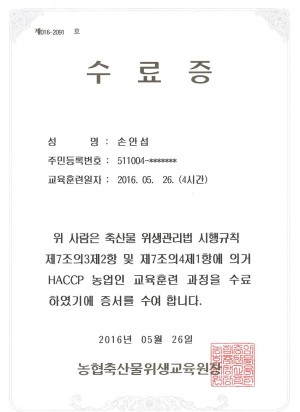
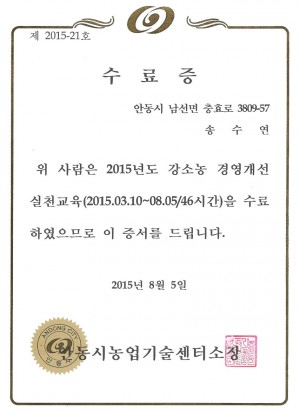
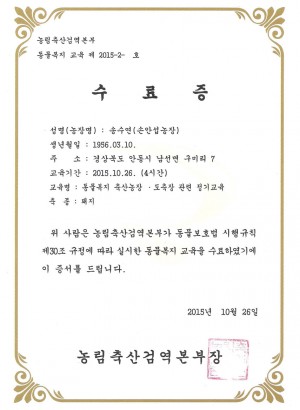
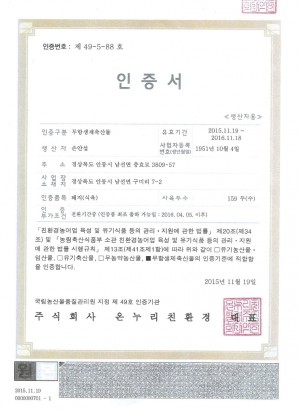
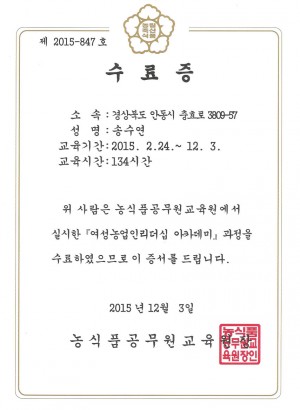
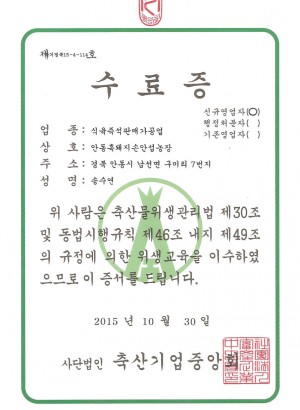
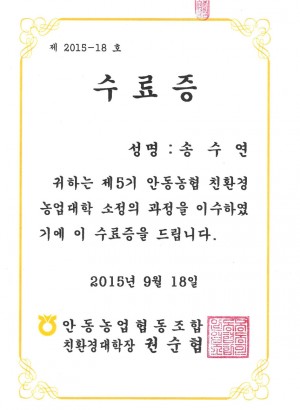
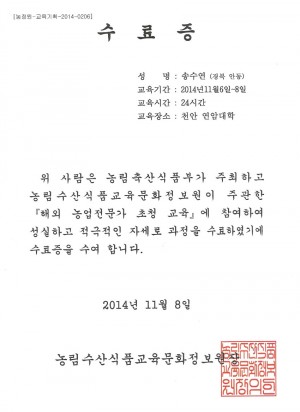

댓글목록
등록된 댓글이 없습니다.